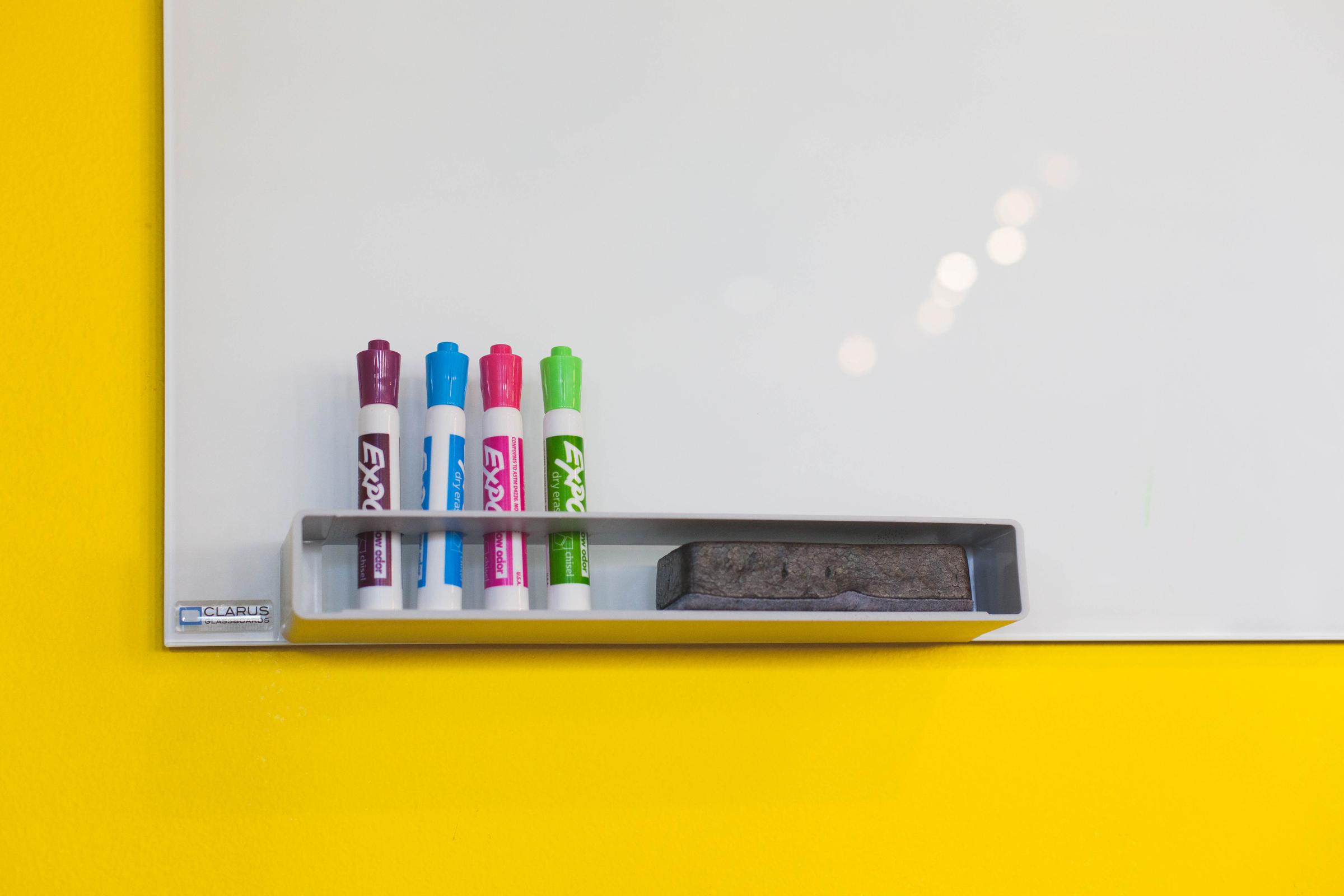Explicitness

The lessons being delivered across the school follow a simple structure. The structure is Explicit Teaching with elements of Direct Instruction. In most cases they include a lesson outline, warm up, I DO, We DO, You DO, then plough back into what we learnt today.
Please remember, we do not expect you to follow an Explicit Instructional sequence. The reason students go to school is to spend time with instructional and behavioural experts called teachers, therapists and co-educators. We don’t expect you to be an expert in what is outlined below. The information presented is a guide to what you can try at this time if you want. We do not expect you to put pressure on yourself to DO each element but some might find the structure useful.
In remote learning we cannot always DO everything nor do we want to or expect everyone to do. Some of the DO’s will be done at home. So how can I support in remote learning?
I DO
The I DO part of the lesson is the teachers’ instructional time. It’s the time the teacher demonstrates what we are doing and what the learning will be today. In some cases, the teacher will start the lesson with a warm up, what are we doing today, and then go into the lesson itself. They will often provide a model of what the outcome might look like and periods of checking in for understanding.
We DO
In the ‘We DO’, you are watching the teacher and then repeating what the teacher is doing on screen together. If it’s a warm up exercise, then We are doing it together. If it’s a step, then you can pause the video and do it with the teacher together. If it's an art activity, then We will do it with the teacher. The ‘We Do”, is all about doing the same thing as the teacher, repeating it, modelling it and then possibly repeating it again and again. In many cases, the student doesn’t want to repeat and practice elements in the We DO. In some cases, they are ready to spend more time on the ‘I DO’. In other situations, the student just needs constant repetition of the We DO part of the lesson before they interpret the task with supports, co actively or independently. Its often useful to pause the video so you can spend time together repeating what the teacher is modelling.
You DO
You DO is about undertaking the task either with co active support, with prompting or in some cases independently. This is the part of the lesson where the student is going to interpret what was taught, and DO it themselves. As mentioned earlier, in our setting, some want to do this right away, while others need repeated practice in the We DO. There is really no right or wrong, for we find that the ‘We DO and the ‘You DO’ part of the lesson needs to have allowances built in for each student. Its about finding what works for your child.
Plough Back
The plough back is the time when we review the outcome of the lessons. It’s a time in which we generally encourage students to present their efforts. This is a crucial time to not be critical of the student, but in most cases, praise the student by looking for elements that have been done successfully. It a success when a student attempts and undertakes the tasks. We do not put emphasis on a completed task. It’s the learning happening in the task itself that counts. So don’t worry if they don’t complete a task. That’s not important.
There are also Explicit and Implicit ways of supporting your child when they are nervous or anxious. I have included the following illustration as a support for you and your children at this time.
